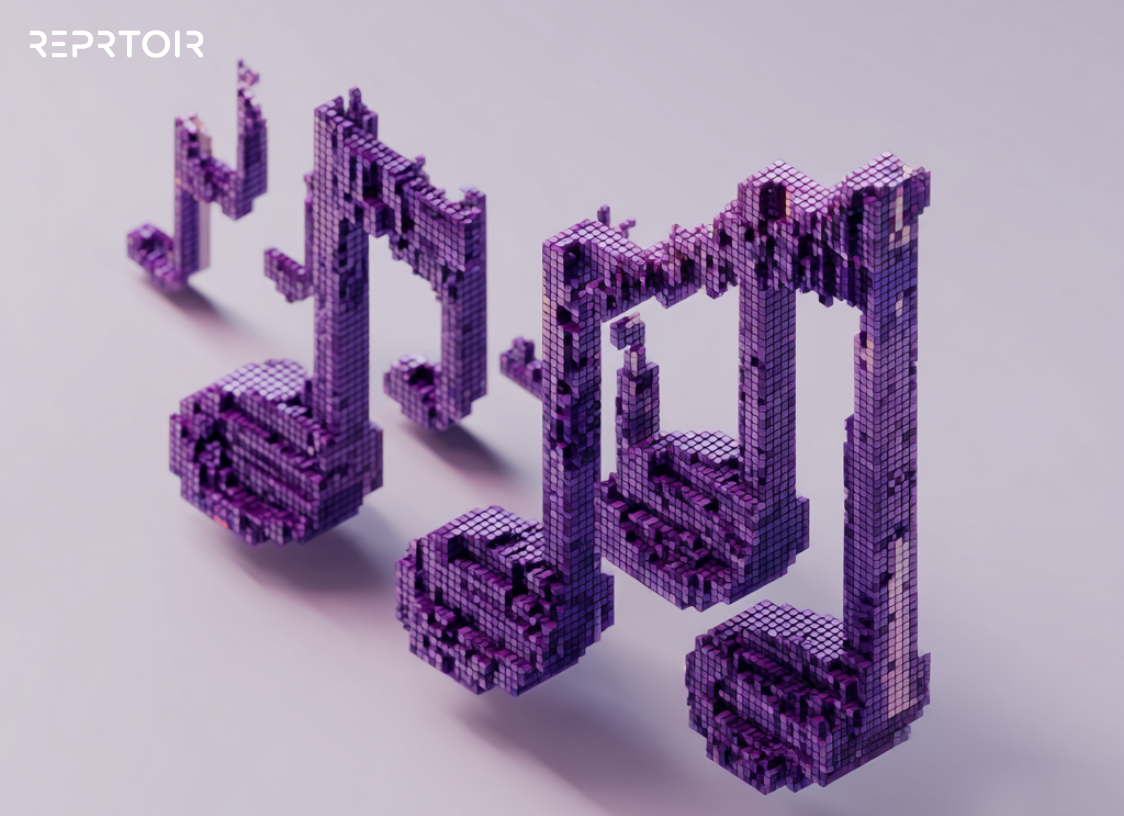Electronic music and clubbing have been linked for decades, and they share a symbiotic relationship that has shaped both fields. Although electronic music has many factors—its ties to the clubbing scene have been pivotal in defining culture, evolution, and success in the last thirty years.
In this article, we explore the relationship between clubbing and electronic music by examining how the two coexist and influence each other. We’ll also look at what this means for managing electronic artists:
Does Clubbing Belong to Electronic Music?
Clubbing and electronic music are deeply entwined, and the origins of many electronic music genres go back to clubs and underground parties. The development of electronic music began in New York’s Studio 54 due to the rise of techno in Detroit’s warehouses and the explosion of house music in Chicago’s clubs.
Clubs serve as incubators for new sounds and trends in electronic music. They provide a space where DJs and producers can experiment with new tracks, gauge audience reactions, and refine their craft.
In addition, the energy and feedback from a live club audience are valuable and help to shape the direction of the music.
The Link Between Clubbing and Managing Electronic Artists
For many electronic artists, club performances are a crucial aspect of their career. Here’s why clubbing is significant in managing electronic artists:
1. Building a Fanbase
Clubs are where many electronic artists first build their fanbase. Regular gigs at local clubs can help artists gain visibility and connect with fans on a personal level.
This grassroots approach is essential for emerging artists who need to establish a loyal following before breaking into larger venues and festivals.
2. Showcasing Talent
Clubbing provides a platform for artists to showcase their DJing and live performance skills. Unlike studio recordings, live performances require artists to read the crowd, mix tracks seamlessly, and maintain energy levels.
As such, these skills are crucial for an artist’s reputation and can lead to more booking opportunities and higher fees.
3. Networking Opportunities
Clubs are networking hubs for industry professionals, including promoters, agents, and other artists. Performing at clubs allows artists to connect with these key players, opening doors for collaborations, festival bookings, and record deals.
Furthermore, building relationships within the clubbing scene can significantly impact an artist’s career trajectory.
4. Testing New Material
Clubs are ideal for testing new tracks before releasing them. DJs can gauge crowd reactions to new material and make adjustments based on feedback; this real-time testing ground helps artists refine their music and ensure it resonates with their audience.
Is Clubbing an Obligatory Step for Electronic Artists?
While clubbing is integral to the careers of many electronic artists, it is not obligatory for all. The necessity of clubbing depends on the artist’s style, goals, and career stage:
- For DJs and Live Performers: Clubbing is often essential. DJs and live performers rely on club gigs to build their reputations, hone their skills, and connect with fans.
- For Studio Producers: Studio producers who focus on creating tracks for streaming, sync licensing, or other non-performance-based outlets might not need to engage with the clubbing scene as heavily.
- For Established Artists: Once an artist has achieved a certain level of success, the reliance on clubbing may decrease; established artists might focus more on festivals, concert tours, and online engagements.
How Clubbing is Used by Electronic Music Professionals
Electronic music professionals leverage clubbing in various ways to enhance their careers and the industry as a whole.
Here’s how:
1. Promotion and Marketing
Clubbing events are essential for promoting new releases. DJs and artists often debut their latest tracks in clubs to generate buzz and build anticipation.
In addition, promoters use club nights to market upcoming festivals and concerts, which creates a pipeline from club gigs to larger events.
2. Talent Discovery
Clubs are hotspots for discovering new talent. A&R representatives from record labels frequent clubs to scout for promising artists. This approach allows labels to find fresh, innovative talent directly from the scene.
3. Cultural Influence
Clubbing shapes the cultural landscape of electronic music. Clubs are where trends emerge and genres evolve. The influence of iconic clubs—like Berghain in Berlin, Fabric in London, and Space—in Ibiza extends globally by setting the tone for the broader electronic music scene.
4. Community Building
Clubbing promotes a sense of community among fans and artists. It provides a space for like-minded individuals to connect, share experiences, and celebrate the music they love.
As a result, this community aspect is vital for the longevity and vibrancy of the electronic music scene.
Final Thoughts
The clubbing ecosystem is a fundamental part of the electronic music field because it provides a platform for artists to grow, innovate, and connect with their audience.
At Reprtoir, we deliver the tools to grow and nurture your music business. Chat with us today and see how service can grow your music business!










